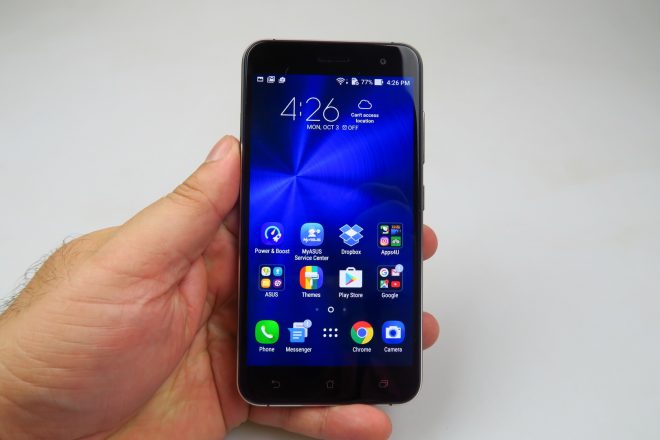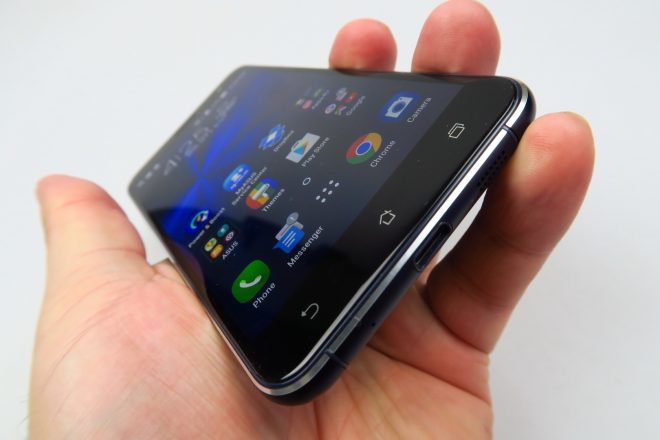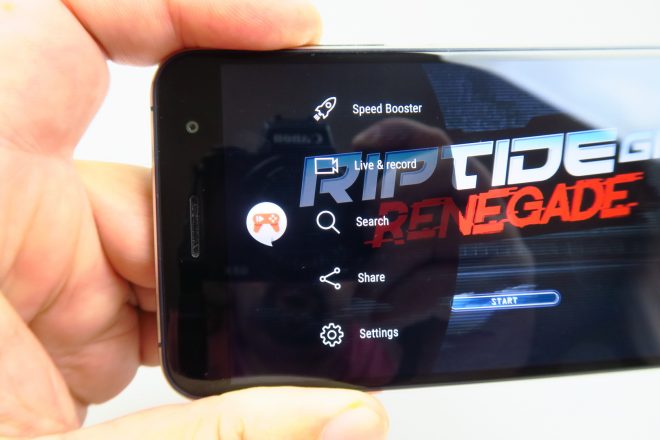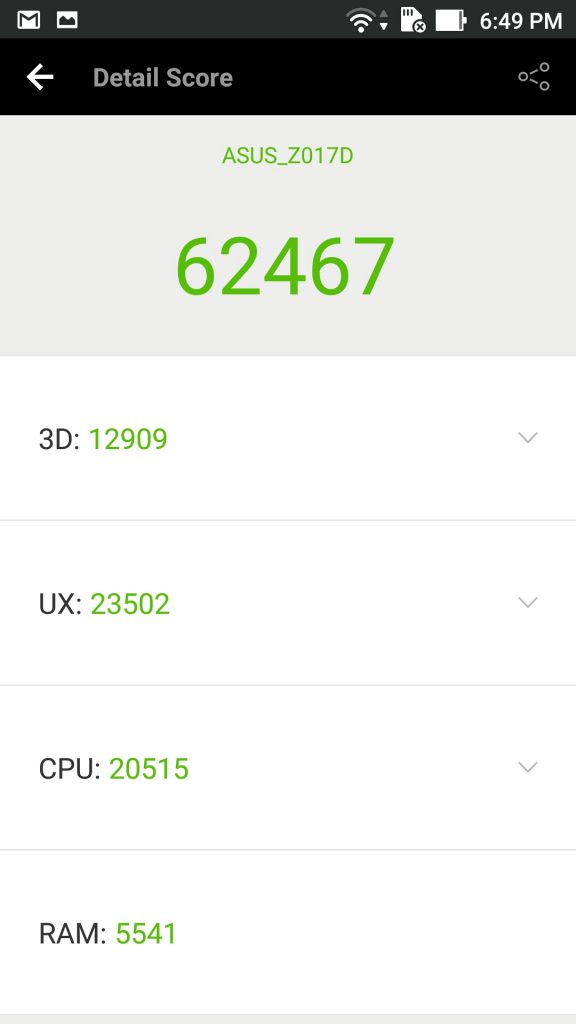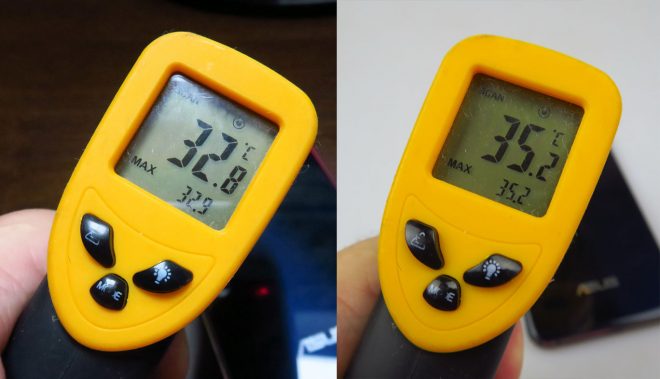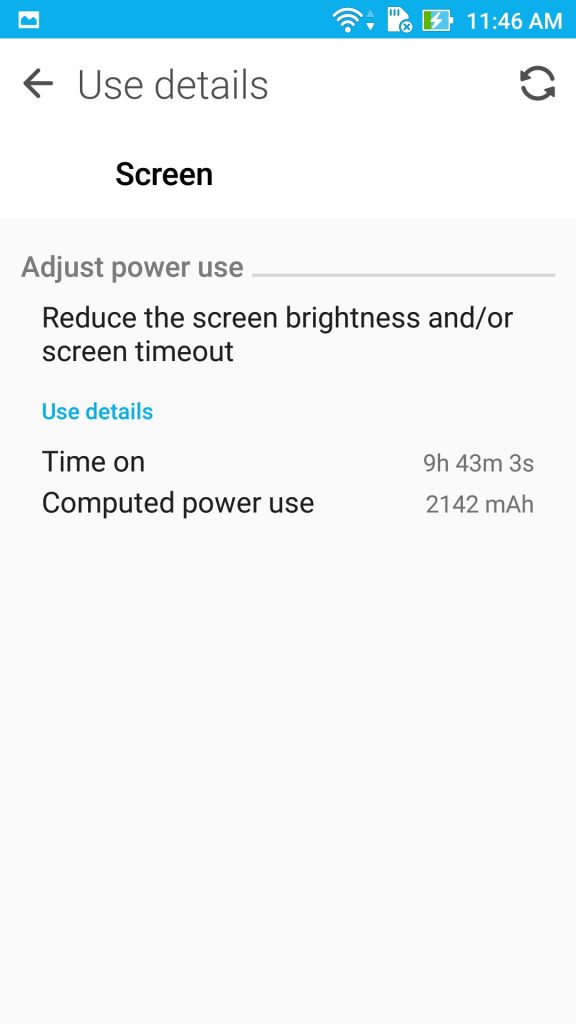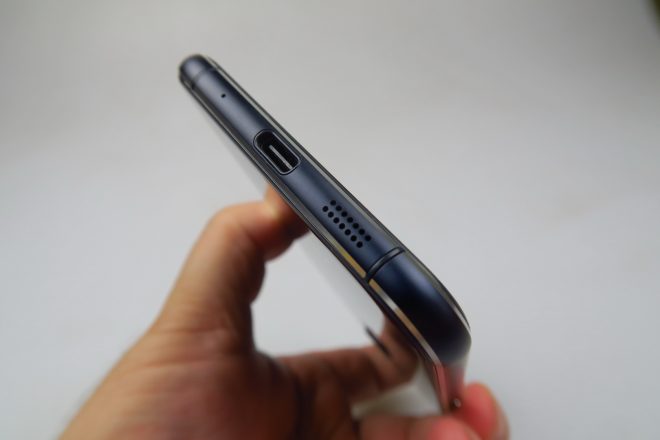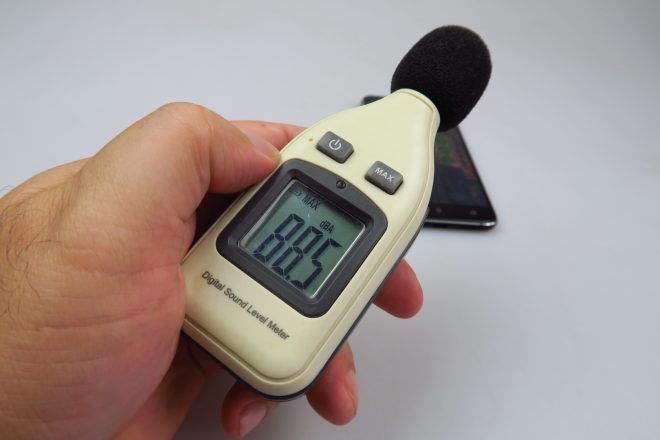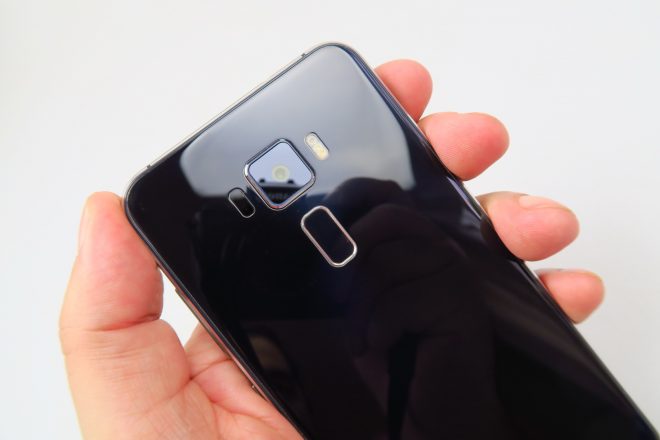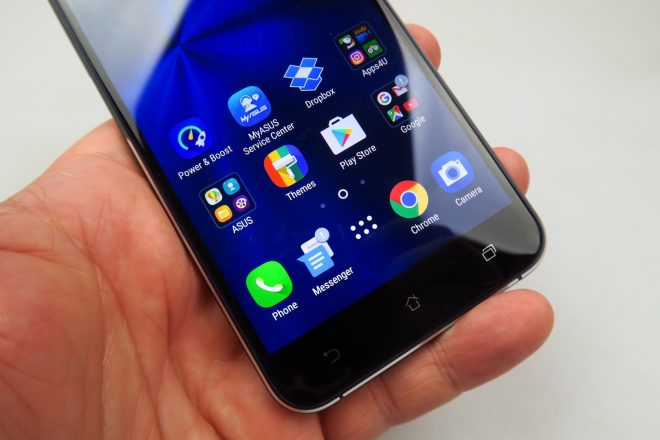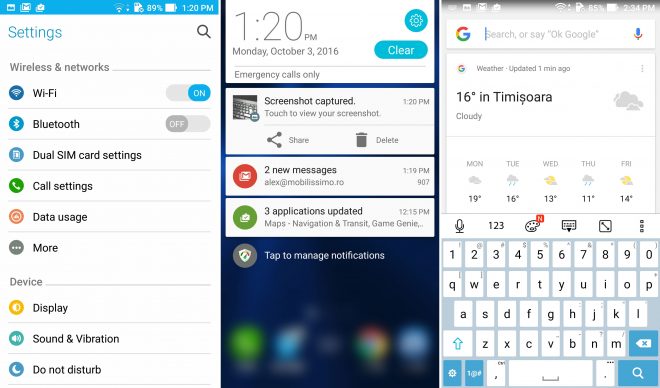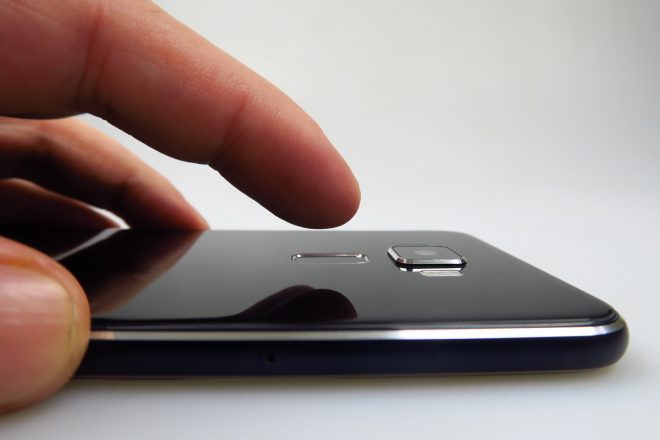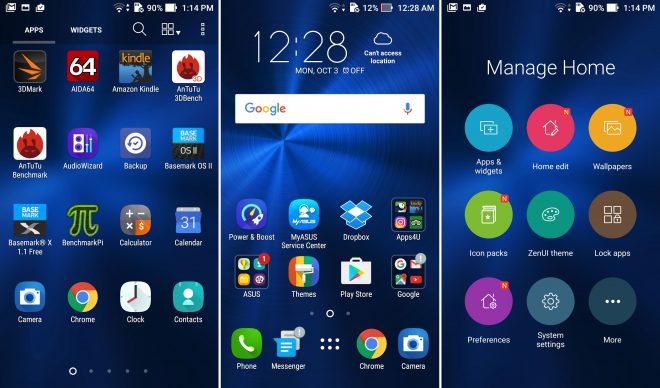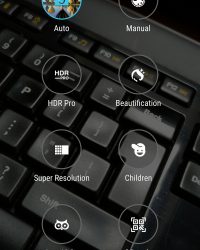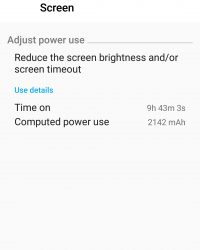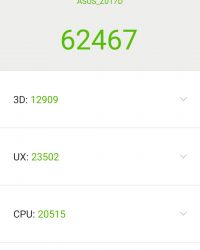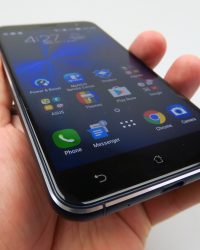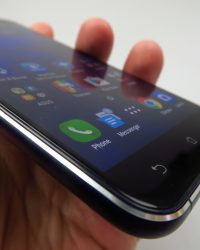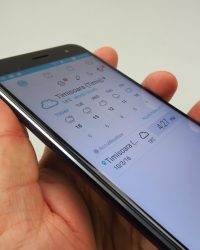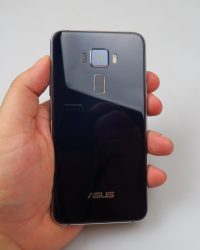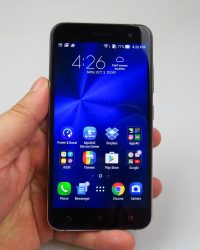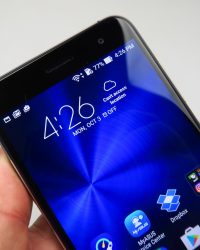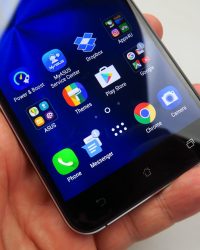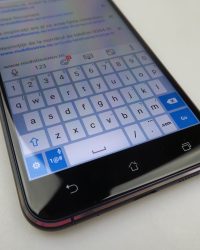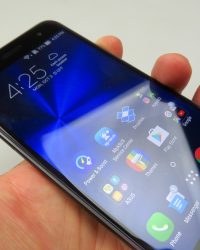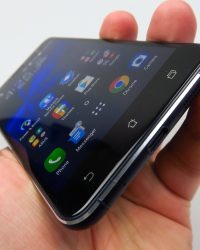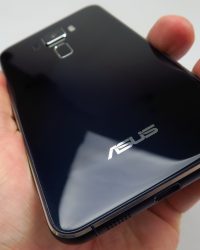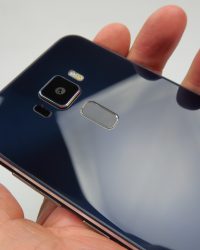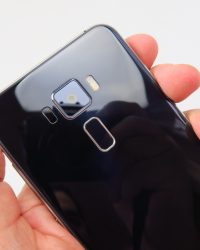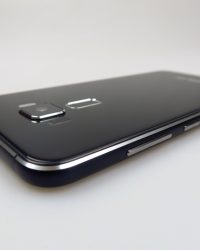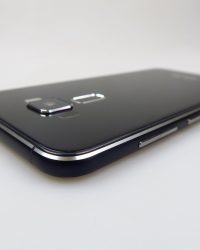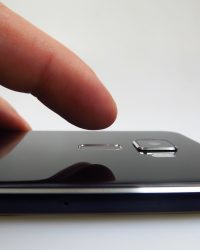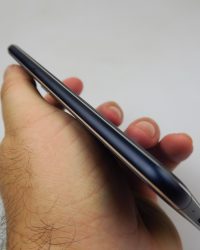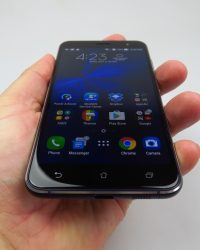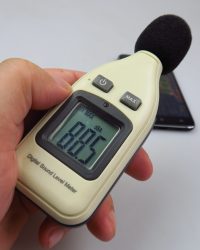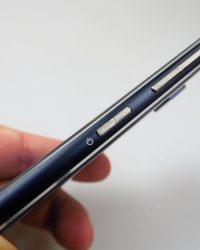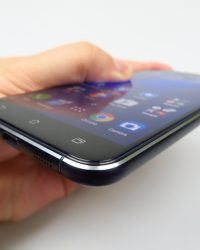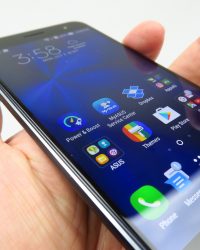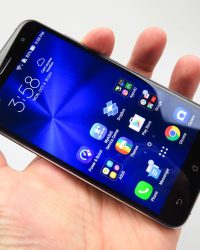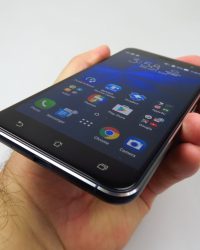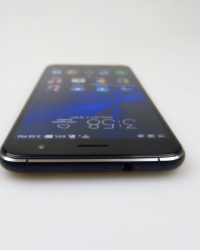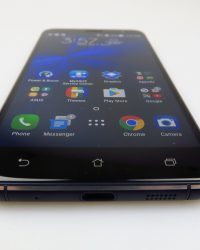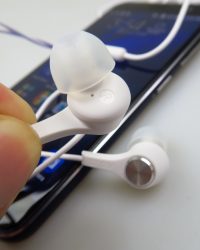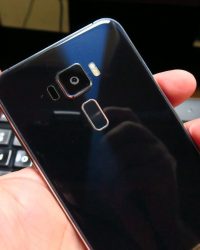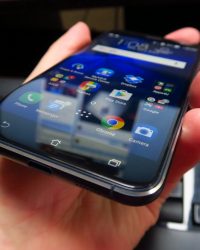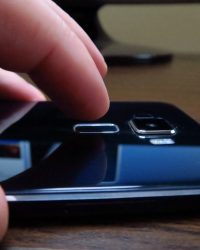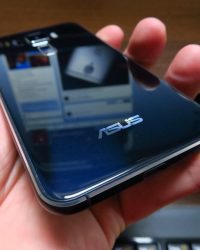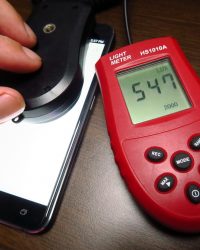Back when the ASUS ZenFone 2 was launched, it was still a fresh approach, one of the first 4 GB RAM phones to appear. It was a pretty good phone, but the design was plasticky, the camera was a letdown and it had a ton of software installed. Now the ASUS ZenFone 3 is here and it seems to correct everything that felt wrong with the predecessor. We tested the ASUS ZenFone 3 ZE520KL and the device is priced at $350.
The 3 GB RAM/ 32 GB storage model goes for $300, while the 4 GB RAM/ 64 GB storage is the one with the price above. This is a classy glass and metal phone, a next level device and an upper midranger that’s worthy of your time. ASUS promotes it with the tagline “built for photography” and you should know that while we are playing with a 5.2 inch model, there’s also a 5.5 incher, that we’ll review separately.
Design-wise, this model is a clear evolution from the fat, heavy and plasticky ZenFone 2. That handset was very hard to open, even damaging your nails in the process. We get a glass panel at the back and one at the front, 2.5D glass that is. The panel at the back has a concentric pattern, made famous by Zen series products and looking totally hypnotic on the phone.
It also has a shiny metal frame, covered with a material that provides a good grip. Gorilla Glass protection is also in the mix, for anti scratch protection. Available in white, gold, blue or black, the phone is comfy, not slippery and it’s not exactly easy to use with a single hand, since it’s quite wide. Buttons have good feedback, while the back and front tend to get easily smudged.
ASUS ZenFone 3 ZE520KL measures 7.69 mm in thickness, even reaching as little as 6.16 mm in waistline for the metal frame. The smartphone weighs 144 grams, which is 11 grams less than the Galaxy A5 (2016), that has a similar format and diagonal. It’s also 2 grams lighter than the Huawei Nova. The conclusion as far as design goes is that we’re dealing with a slim, comfy and premium phone, a big upgrade from the ZenFone 2.
On the display front there’s a gently curved 2.5D 5.2 inch panel upfront, with Full HD resolution and a Super IPS+ panel. There’s a 75.6% screen to body ratio here and a 2.1 mm thick bezel. We get a Blue Light filter to get rid of the blue light affecting our sleep and there’s no video player here, so we had to resort to the Gallery app.
The viewing experience involves good brightness, OK colors, wide view angles and solid contrast. The black wasn’t deep and the level of white was a bit too high for my liking. Pixels were of the RGB Stripes variety and our luxmeter test revealed a value of 547 LUX, which is great and clearly above the ASUS ZenFone 2’s 323 LUX.
We also surpassed the Nexus 6P and Galaxy A5 (2016), but still models like the Xperia XZ and iPhone 6 are a bit brighter. Settings for the display include font style, font size and Screen Color Mode (color temperature slide included). The Modes are: Balance, Blue Light Filter, Vivid and Custom, with two sliders for hue an saturation. It’s a top 10 screen for sure, so not much too bject here.
Inside the smartphone we find a Qualcomm Snapdragon 625 processor, clocked a 2 GHz, a 64 bit octa core unit, with an Adreno 506 GPU also in the mix. There’s 3 or 4 GB of RAM, 32 or 64 GB of storage and a microSD card slot. The device has a fluid experience, no lag and it also got lots of updates, during our test period. Performance was great and the game Riptide GP Renegade ran like a charm, plus we also have a few special gaming features here.
The ASUS ZenFone 3 lets you record HD gameplay from the screen, with microphone-captured commentary and also with the front camera in action. You can also do streaming to YouTube or Twitch with the resulting video. Then there’s also a Boost Speed feature within the special gaming tool bar. Benchmarks were solid, with the device placed on the 9th spot in Quadrant, beating the Galaxy S6 and S6 Edge, plus the Huawei Mate 8.
In AnTuTu 6 we surpassed the HTC One A9 and ASUS ZenFone 2 Deluxe, while in 3DMark Ice Storm Unlimited results were superior to the ones of the Huawei Nova Plus, but also below the Xperia Z2. Finally GeekBench 3 brought a multi core score above the Xperia XZ and its Snapdragon 820 CPU. We proceeded to do a temperature test, achieving 32.9 degrees Celsius after running GFXBench and 35.2 degrees after Riptide GP Renegade, so there’s no overheating here.
Now on to the battery, a chapter where the ZenFone 2 was reasonably good. The ZenFone 3 brings a 2650 mAh unit, a non removable battery, that’s supposed to offer 2 hours of talk time with a 5 minute charger. We also got a bundled 5V/2A/10W charger. The video playback time achieved with this handset is 9 hours and 43 minutes, according to our test, which is superior to the ZenFone 2’s 7 hours and 30 minutes, but also beats the Huawei Nova Plus and HTC 10.
We scored below the LG G5 and ASUS ZenFone 2 Laser, just so you know. In the PCMark test we got to 8 hours and 55 minutes of continuous usage, which is great. It means we’re superior to the Huawei P9 Plus, Galaxy Note 5 and Galaxy A7 (2016), but scored below the Galaxy A5 (2016) and Xperia X Compact. Charging requires 2 hours and 5 minute, which is OK, although the ZenFone 2 had faster charging, at 1 hour and 50 minutes.
It was superior to the iPhone 6 in this field, but inferior to the LG G4. We also have Power Saver features and the option to Scan the device and get suggestions for optimizing its usage. The Battery Modes offered here are Performance, Normal, Power Save, Super Save and Custom. The first two adjust the CPU and brightness, while the Power Save disables network usage in sleep mode. The custom mode lets you tweak brightness and network use.
There’s also a Schedule and Auto Start Manager option. Overall it’s a good battery and we move on acoustics now. ASUS had a lot to praise about the ZenFone 3 acoustics, detailing its 5 magnet speaker, as well as the Smart Amp system. The device is supposed to be 20% louder and 42% less distorted than the predecessor. It offers 24 bit /192 KHz playback, so basically hi-res audio.
We used Play Music as the music player here, with Audio Wizard as the app we rely on for tweaks, like the Movie, Gaming, Music, Outdoor, Smart and Vocal options, plus the Advanced one with volume, bass, treble settings and dialog enhancements. 5 custom channels are also available for tweaks. The listening experience highlighted a loud and clear sound, no distortion (maybe aside from the outdoor mode option), good bass and solid keys.
We then used a decibelmeter and got to 88.5 dBA, a bit below the ASUS ZenFone 2 and its 89.1 dBA, which also means we surpassed the LG G5, Galaxy S6 Edge and Galaxy S7. We scored below very few models, like the OnePlus One for example. Headphones are very much like the ones of the predecessor, in shape and format. They’re comfy, offer a loud and clear experience, plus a good bass and noise isolation.
I’ve heard louder, if I’m being honest here. There’s also FM radio here, but the station search was a bit too long for my liking. Great audio overall, so let’s talk about the camera a bit. ASUS sees the camera as its biggest innovation here and since the ZenFone 2 was a bit underwhelming in this field, we were certainly curious about the new model.
This time we get a 16 megapixel shooter, with F/2.0 aperture, PixelMaster 3.0 technology and a Sony IMX298 sensor, also seen in the Xiaomi Mi 5, Huawei Mate 8 and OnePlus 3. There’s a 6 element lens here, sapphire glass protection and a combo of OIS and EIS, the former on a 4 axis setup. There’s also 4K video and laser focus, as well as PDAF. Selfies are taken with an 8 MP camera with F/2.0 aperture.
The camera app starts up fast and the cam itself has a medium speed of picture taking, fluid zoom and very fast focus. The HDR is on by default, something to remember when you buy the phone. There are TONS of options to use, certainly the most on the market, by far. There’s options for white balance, ISO, exposure, focus, metering, quality and more, both for pictures and videos.
The capture modes are the following: Auto, Manual, HDR Pro, Beautification, Super Resolution, Children, Low Light, Qr Code, Night, Depth of Field, Effect, Selfie, GIF, Panorama, Miniature, Time Rewind, Smart Remove, All Smiles, Slow Motion and Time Lapse. The manual mode brings a few sub options of its own, including white balance, ISO, exposure, shutter, focus and histogram.
The gallery of shots taken with this device starts indoor, at the local launch of the game Mafia 3 and it just so happens we forgot the HDR Auto on and al the shots are taken like that. They’re all pretty solid, but one in ten is rather blurred. Brightness and colors are OK and there’s no flicker. Day time shots start with an HDR, that really corrects hue and light.
We’ve got crisp closeups, nice colors, but there’s also detail loss when zooming in. We’ve got great flower closeups and excellent selfies, that are easily on par with the ones of the Xperia XZ, that has a 13 MP front shooter. The green hues felt a bit artificial here, but there was no blur and textures were great, when it came to taking shots with the main camera. We had lots of details in landscape shots and the panorama had a reasonable resolution of 9600 x 992 pixels.
The pics are crisp and way superior to the ones of the ASUS ZenFone 2 and even the ZenFone 2 Laser a bit. Focus was great in the church area and what I noticed is hat the indoor closeups took a bit long to take. This camera can fight the Huawei Nova Plus on equal terms and has the advantage of more modes. The focus is superior to the one of the Galaxy A5 (2016) and there were some dynamic range inconsistencies here and there.
Low light shots were very clear, we registered a bright flash and a great hue of red, for that fire hydrant. There are some violet corners for the images and big street light halos, but I liked the texture of the wall we shot at night. Clarity was excellent for an upper midrange phone and quality was nice too. I remember the disappointment of the Galaxy A7 (2016) in low light conditions and the ASUS ZenFone 3 is clearly superior to that model.
It’s not very far from the Xiaomi Mi 5, since they do share the camera sensor. Video captures are taken in MP4 format, at 30 FPS in Full HD and at 20 Mbps. Indoor videos from the Mafia 3 event featured the HDR triggered on and we felt that the lights were too bright, but the image was clear and colors well calibrated. I’m also very happy with the microphone.
Zooming in produces some detail loss. Outdoors, the videos didn’t lose quality too much when zooming in, but we did get some oversaturation of colors. 4K videos are taken at 42 Mbps (bitrate), but even there the sky felt a bit burnt. Clarity was top notch, though and so were the colors. The 60 FPS video brought that cinematic effect, nice clarity and the mic faced the strong wind OK.
There’s some image flicker here and there and the stabilization test during filming was OK, but I’ve seen much better than that. ASUS is new to this field, so I expect the next model with OIS to really rock it. Keep in mind we also lost some focus when zooming in and the green hue was once again artificial. My conclusion on the video front is that the ASUS ZenFone 3 is superior to the previous ZenFones, to the LG G4 and maybe 80% of all Huawei phones.
It’s still not superior to an iPhone 7 or an Xperia XZ. Night time video capture happens in pretty dark fashion, with a bit of flicker, but the street light halos are OK. Clarity is good and colors are in their normal range. If you look at the ZenFone 2 or even ZenFone 2 Laser night videos, you’ll see that the ZenFone 3 is in a whole another league, but still a bit below the mainstream flagships.
On the browser front, we got to play with Chrome, that loads up pages fast and also has OK benchmarks. The keyboard on the device is comfy, has a numeric row and Swype. As far as connectivity goes, this is a dual SIM smartphone, with LTE Category 7 support and up to 300 Mbps download speeds on paper. There’s USB Type C here, WiFi b/g/n/ac, Bluetooth 4.2, WiFi Direct and GPS, plus Glonass.
The first SIM slot is a micro SIM, while the second is a nano SIM, also used as a microSD card slot. Dual SIM dual standby is available and the dialer offers functions like speed dial, call recording and as usual for ASUS, a ton of options and settings. The calls are loud and clear, signal was good and noise cancelling is applied in excellent fashion.
A SpeedTest was also done, with the ZenFone 3 achieving 189 Mbps in download and 24 Mbps in upload. Great speeds and the 4G LTE ones were also reasonable (60 Mbps download/ 45 Mbps upload). The WiFi is excellent. Now it’s time to see what ASUS has in store for us on the software front. This handset runs Android 6.0 Marshmallow, with Zen UI 3.0 on top.
Not much has changed from 2015 in the area of Zen UI and the UI remains minimal and colorful. It’s also highly customizable. Multitasking is handled via a carousel and there’s also screen pinning. Keeping the homescreen pressed lets you access a huge panel, with apps and widgets (big, custom and colorful ones), as well as wallpapers, icon packs, icon alignment, scroll effects, font size, icon label, themes and many, many more.
Preferences for folders and layout are also here. A swipe down on the homescreen reveals a search bar with the option to search both the web and the apps. There’s lots of keyboard customization options and swiping down on the homescreen reveals notifications and quick settings, the latter with colorful bubbles associated to them.
Settings feature the usual Do Not Disturb, ASUS Cover features, ZenMotion (double tap to wake, draw symbols to access apps an more). Then there’s One Hand Mode, Flip Over and ASUS Custom Settings. There’s Game Genie for game boosting and game recording and a glove mode available here. The fingerprint scanner at the back is sexy, shaped like a keyhole and lets you launch the camera, answer calls, capture photos and it offers a fast setup and fast unlock of the device. It’s very accurate.
The settings end with an Easy Mode and Kids Mode, as well as encryption. I could have guessed with my eyes closed that this model has bloatware and indeed it does. There are a ton of apps preinstalled, but you can uninstall quite a few of them luckily. The list of apps installed here includes 51 names, but future update may remove some of them, as ASUS has done over the past months.
Among the apps there’s the typical Do It Later, Instagram, Laser Ruler, Mini Movie, Mobile Manager, Photo Collage, Puffin, Quick Memo, Web Storage and Trip Advisor. I guess it’s time for the verdict, since we’ve covered all aspects of the device.
These are the Pros:
- great design/premium materials
- bright screen
- good battery
- camera is a huge upgrade from ZenFone 2
- good performance
- loud volume
- solid microphone
- fast WiFi
- lots of UI customization
- gaming features
And the Cons:
- the back is a fingerprint magnet
- too many options are a bit confusing
- bloatware
- some dynamic range problems and flicker
- low light videos don’t impress
- Zen UI hasn’t changed much
This is one of the best upper midrange phones of 2016, it caters to gamers and audiophiles, as well as pic takers and movie watchers. It reminds me a bit of the Galaxy S4, an overspecced phone that tried to do too much and offer too many features, in order to satisfy the user. Sometimes less is more though… What’s clear is that ALL the flaws of the ASUS ZenFone 2 have been corrected and this is a clear upgrade from last year’s model.
ASUS ZenFone 3 covers all bases and doesn’t leave much room for improvement for a future model, maybe only in the typical CPU and RAM areas. Performance, battery, camera and display are all aces here. The updated price of the device is here.


